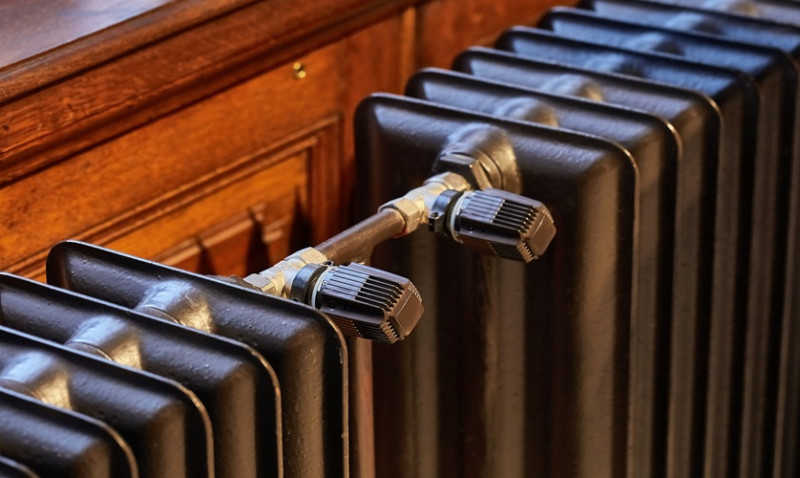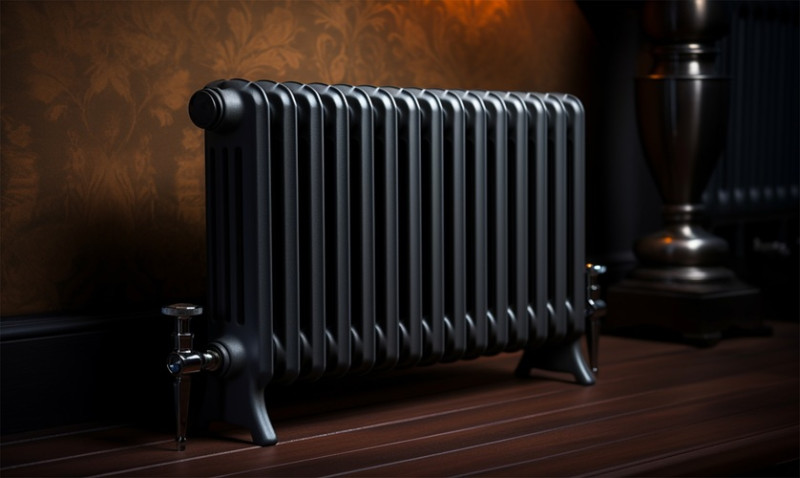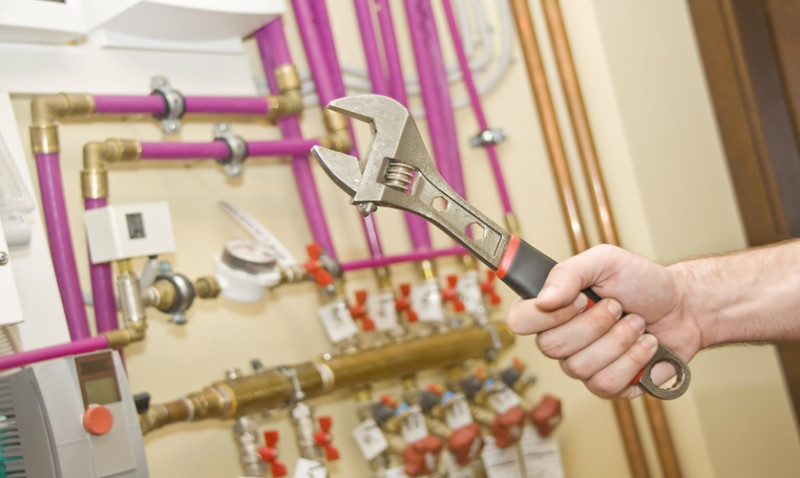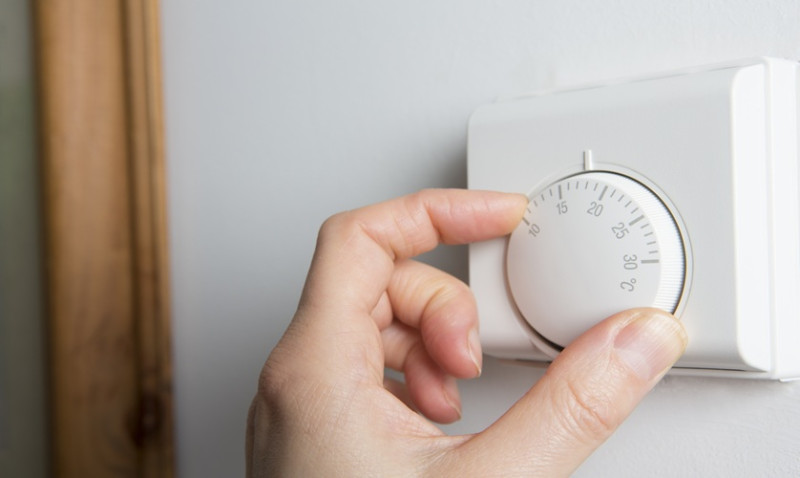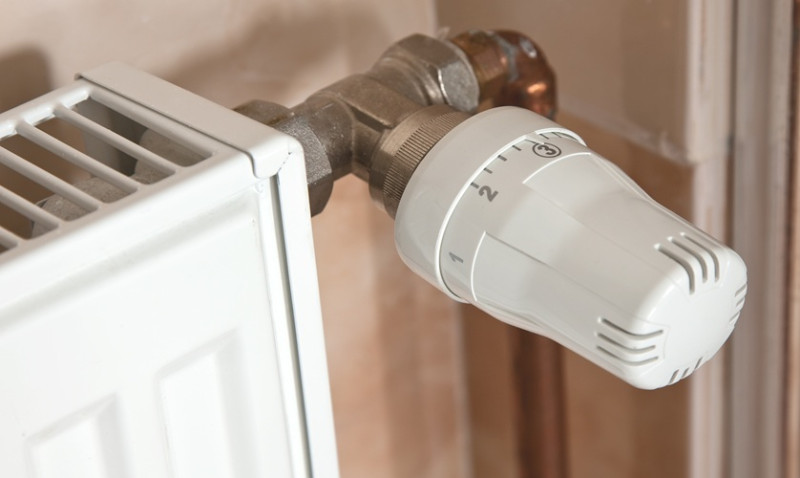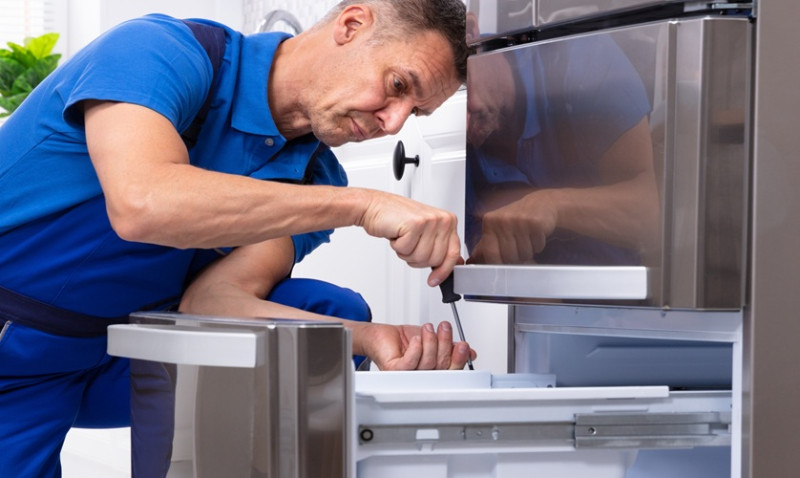
Condensing gas boilers are known for their high efficiency and ability to provide reliable heating for homes and businesses throughout the UK. However, simply having a condensing boiler doesn't automatically mean you're getting the best performance possible. By understanding how these boilers work and implementing a few practical strategies, you can optimise both your energy use and your energy bills.
Whether you're a DIY enthusiast upgrading your home's heating system, a young professional looking to save on utility costs, an architect or designer incorporating sustainable heating into your plans, or a tradesperson seeking up-to-date advice, improving boiler efficiency is a smart move. Let's explore how to keep your boiler at peak performance and what changes can make the biggest impact.
Understanding How Condensing Boilers Work
Unlike traditional boilers, condensing boilers extract more heat from the fuel they burn by capturing heat from the flue gases that would otherwise be wasted. This is why they are more efficient—often achieving over 90% efficiency compared to around 70%-80% for older non-condensing models.
This is made possible thanks to a secondary heat exchanger that recycles heat from the exhaust gases. This process results in condensation—hence the name 'condensing boiler'. The condensed water is typically expelled through a condensate pipe.
Knowing this process is key to maintaining your system. Because condensing boilers operate more efficiently at lower temperatures, running the system too hot will prevent it from condensing effectively—reducing its efficiency back down to levels similar to older systems.
So, step one in maximising efficiency is understanding that lower return water temperatures and proper modulation are your friends. You can’t simply “set it and forget it” if you want optimal performance.
Set the Right Flow Temperature
One of the most critical settings on a condensing boiler is the flow temperature—the temperature at which water is sent out from the boiler to your radiators or underfloor system. Many boilers are initially set far too high, upwards of 75°C, which reduces their ability to condense efficiently.
To improve efficiency, try turning the flow temperature down to between 55°C and 60°C. This temperature range allows the boiler to recover more heat from the flue gases, improving overall efficiency. For newer homes with good insulation or underfloor heating, you may be able to go even lower.
Be cautious though—if the flow temperature is too low, your house may take too long to heat up or not reach the desired temperature during extremely cold weather. It may take some trial and error to find the sweet spot, but it’s worth adjusting and monitoring your comfort levels.
If your boiler has a weather compensation feature, enable it. This function automatically adjusts the flow temperature depending on the outside temperature, providing maximum comfort and efficiency.
Use a Smart or Programmable Thermostat
Controlling when and how your boiler runs is just as important as having the right boiler. A smart thermostat can learn your usage patterns, detect when you're not home, and even use weather forecasts to adjust heating schedules.
Programmable thermostats, while more basic, can also make a big difference when set correctly. Try to avoid constant manual adjustments, and instead rely on scheduled heating periods that match your daily routine. This avoids unnecessary energy usage and reduces wear and tear on the system.
If you have zone controls or thermostatic radiator valves (TRVs), use them to heat only the rooms you need, when you need them. There's no point in heating seldom-used spare rooms or guest areas every day.
Advanced heating controls can integrate with your boiler to allow better modulation and control over output, further enhancing the condensing function, especially in combination with modern radiators or underfloor heating systems.
Balance Your Radiators
If you're finding that some rooms heat up faster than others, or that your boiler appears to be working overtime, it may be due to unbalanced radiators. Balancing involves adjusting the valves on each radiator to ensure that hot water is distributed evenly throughout your home.
Unbalanced systems can cause lower temperatures in certain rooms or areas, forcing you to run the heating for longer. This is not just inefficient—it’s frustrating. A properly balanced system ensures every space gets warm at roughly the same time, reducing the time your boiler has to work, which saves gas and money.
While balancing can be a DIY project for the technically inclined, many homeowners choose to get a heating engineer to perform this, especially if the system is large or complicated. Either way, it’s a simple adjustment that pays dividends in the long term.
Regular Servicing and Maintenance
Your boiler needs annual servicing to continue running efficiently and safely. Components like the heat exchanger, burner, and flue need to be checked and cleaned to prevent malfunctions or performance drops.
Furthermore, any build-up of sludge, limescale, or air in your system can significantly reduce efficiency. A power flush every five or six years (or sooner if recommended) can keep your system in top condition. Using a magnetic filter can also help by catching debris before it enters the boiler.
Check your pressure regularly too—boilers work best around 1.3 bar when the system is cold. Too low or too high, and the boiler could struggle to operate efficiently or shut off entirely.
If you notice persistent issues or odd noises like banging or whining, don't ignore them. These may be early signs of inefficiencies or developing faults that could lead to a breakdown or worse—high running costs for minimal output.
Upgrade Your Heating Controls and Radiators
Many older homes still use outdated heating controls or radiators that are oversized or underperforming. Upgrading to modern TRVs, wireless thermostats, or smart control systems can give you better zoning and reduce energy use.
Similarly, modern radiators heat more effectively and retain heat longer. Flat-panel radiators, vertical models, or low temperature radiators are all worth considering, especially if you’re renovating or reconfiguring your space.
Architects and designers can integrate these into plans with both efficiency and aesthetics in mind—thinking about heat distribution as part of a room's function and style rather than an afterthought.
Don’t forget that if your home's insulation is lacking, no boiler in the world can operate efficiently. Make sure windows, lofts, and walls are well-insulated alongside heating system improvements.
Check Boiler Settings: Modulation Ratio & Efficiency Gains
Your condensing boiler likely has a modulation ratio—how well it adjusts its heat output to match demand. For example, a 10:1 modulation ratio means the boiler can operate at just 10% of its maximum output, which is ideal for mild weather or smaller heating loads.
Some modern boilers modulate better than others, so if you're replacing an older unit or specifying one for a new property, choose a model with a good modulation ratio for enhanced efficiency.
A boiler that constantly cycles on and off due to poor control or lack of modulation can lose a lot of efficiency—not to mention it wears out components faster. Good modulation allows extended, gentle operation that aligns with condensing principles.
Consult the user manual or your installer to ensure your current boiler's features are being fully utilised. Many are installed to default settings and never optimised post-installation, which is a missed opportunity.
Final Thoughts
Maximising your condensing gas boiler's efficiency involves more than just having a high-tech unit—it's about understanding how it works and making the most of its features through thoughtful settings, controls, and maintenance.
For anyone living in the UK—whether you’re renovating, building new, or simply want to cut down on energy bills—these best practices can lead to significant cost savings and a more comfortable home all year round.
If you’re unsure where to start, consult a qualified heating engineer who understands condensing systems and can assess your current setup. Often, small adjustments make a noticeable difference, and the long-term gains are well worth the initial effort.
